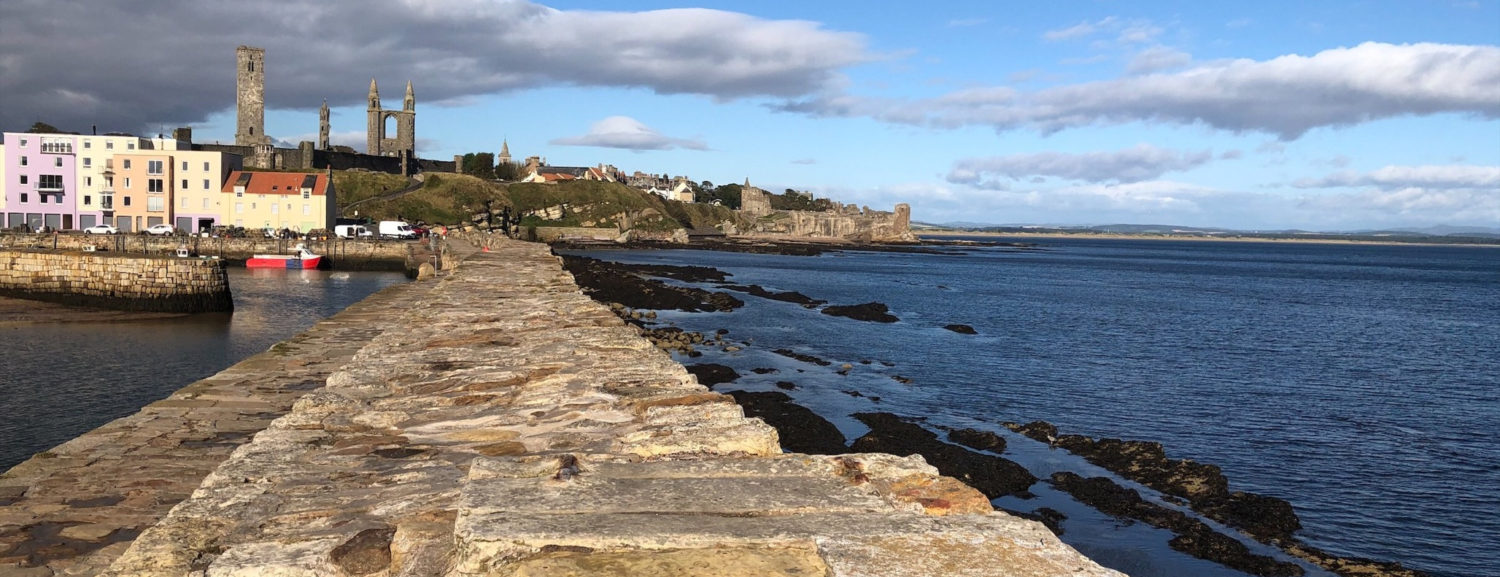Here is the place that George Martine’s family used to live in St Andrews.
George Martine the elder (1635-1712) was the eldest son of James Martine (1615–1684). Martine (1635-1712) became a historian of St Andrews, following in the footsteps of his grandfather Dr. George Martine, who was the principal of St Salvator’s College, St Andrews.
In 1666, he became a commissary clerk of St Andrews. (Though, he was deprived as a Jacobite non-juror for refusing to pledge an oath of loyalty to King William III and Queen Mary II in 1690.) In 1668, he acquired the land of Clermont. Since then, he was called “Martine of Clermont”. He was known for the diocesan history Reliquiæ divi Andreæ, or the State of the Venerable See of St. Andrews’. It was written in 1683, containing some valuable historic information, but was not published till 1797. In June 1688, he married Catherine, the eldest daughter of James Winchester of Kinglassie, Fifeshire. They had several children, and Martine the younger was one of them.
Martine the younger was a good physician as well as a natural philosopher. He was educated at the University of St Andrews when he was thirteen. Later, he went to study medicine at the University of Edinburgh in 1720 and then went to the University of Leyden, where he graduated with his M.D. in 1725. He made the first estimation of the temperature of absolute zero to around -240° C. In 1731, he suggested that the earth might have great internal heat. Moreover, in his work “De Similibus Animalibus” (1740), he discussed how the circulation of change of magnitude would affect the animal. In the same year, he also published “De Calore Animalium”, and he believed that why some animals are warm-blooded was due to the friction between the blood and the blood vessels. When he was around 40, he was made a fleet surgeon to Admiral Vernon for a military expedition. Unfortunately, he died of malarial fever when they were traveling on the Caribbean Sea—at that time, he was only 41.
References
https://www.nature.com/articles/149166c0
https://straylight.cs.st-andrews.ac.uk/standscience/omeka/items/show/196
https://archiveshub.jisc.ac.uk/search/archives/1804ae2f-863f-35f6-8a26-b92963e465bf
https://en.wikipedia.org/wiki/George_Martine_(historian)
